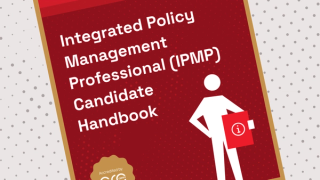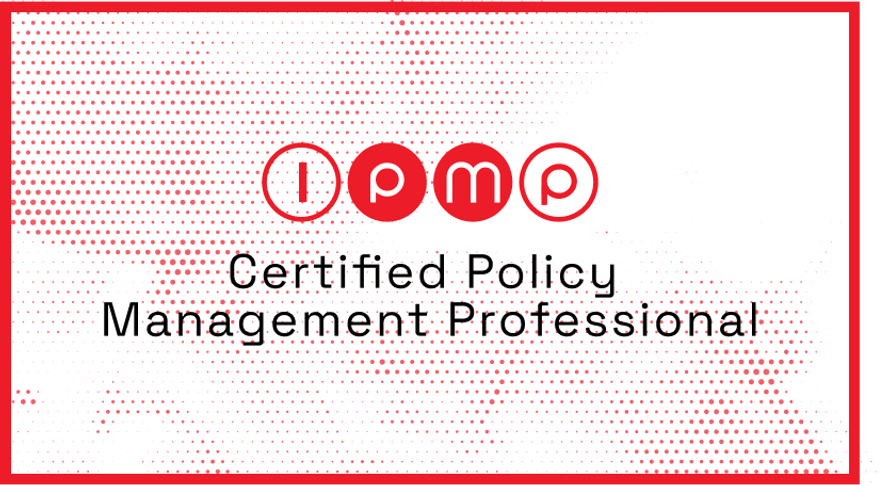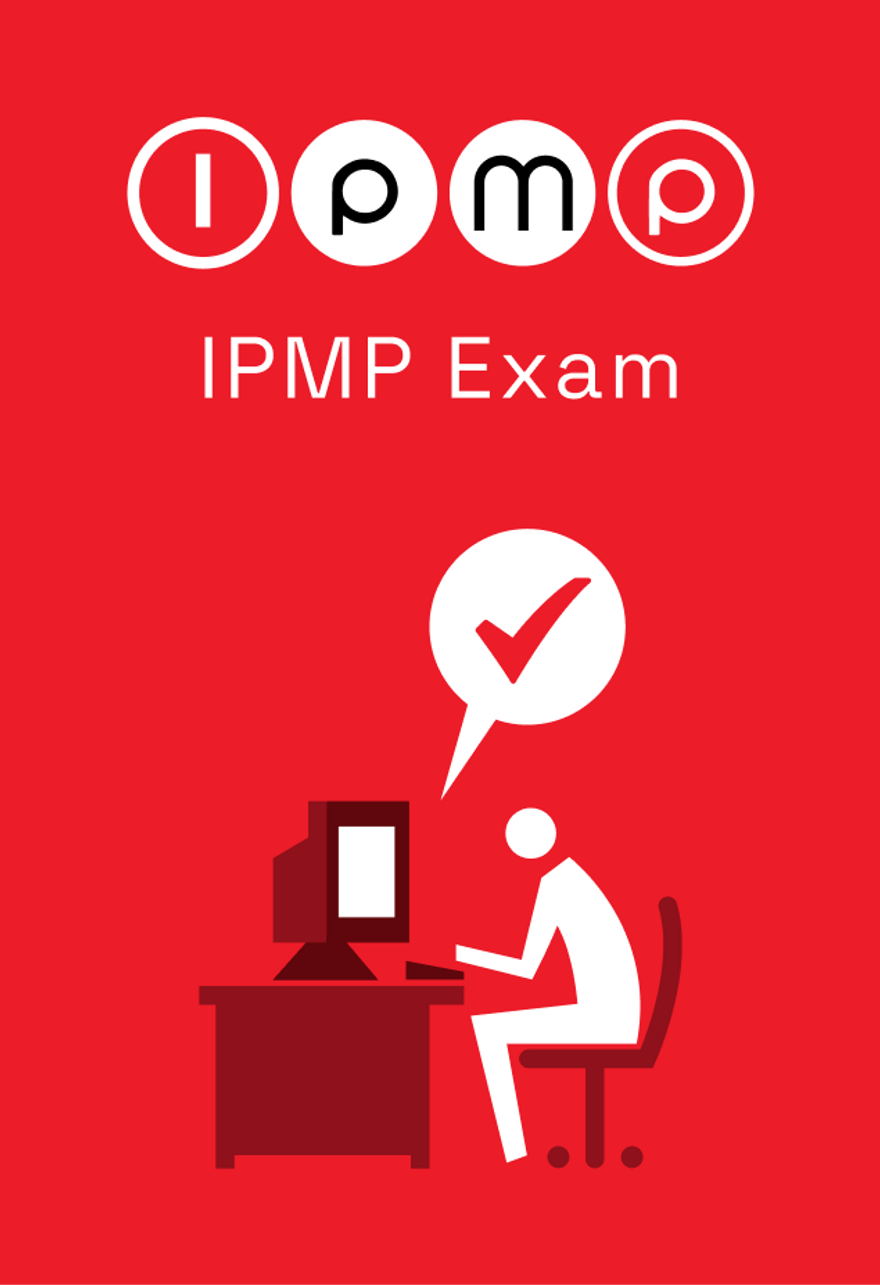Globally Recognized Policy Managment Certification
Get certified by the global nonprofit that invented GRC 20 years ago

What is the IPMP?
Gain a career advantage and drive results in your company too. Let real experts get you trained and certified fast. We're talking people who have been in the trenches for decades. Why wait to become a Policy Management expert?

IPMP Candidate Handbook
The Integrated Policy Management Professional (IPMP) Handbook serves as your indispensable guide to mastering policy management and earning your IPMP certification. Within its pages, you'll find detailed information on eligibility criteria, exam specifics, and the recertification process. Additionally, the Handbook includes a wealth of sample questions to bolster your preparation for the IPMP exam. Whether you're considering pursuing the IPMP certification or are already on the path to becoming certified, this Handbook is your essential companion for navigating the intricacies of policy management. With expert guidance and valuable resources at your fingertips, the IPMP Handbook empowers you to achieve excellence in policy management and elevate your professional standing.








